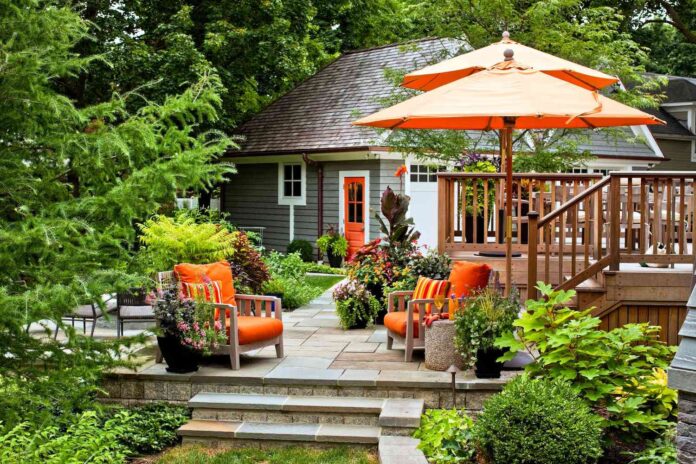There is nothing quite like the beauty and serenity of a well-designed and well-maintained garden. Whether you have a small balcony or a sprawling backyard, a garden can be the perfect place to relax, unwind, and connect with nature. But why stop at just a pretty space?
If you’ve always dreamed of having a lush, vibrant outdoor space that’s beautiful and supports local wildlife and the environment, then you’re in the right place. A living landscape is more than just a collection of plants and flowers; it’s a holistic and interconnected ecosystem that thrives and supports life.
We’ll provide tips and ideas for creating a living landscape in your garden, no matter how small or large. We’ll cover everything from choosing the right plants and materials to creating habitats for birds and insects to incorporating elements like water features and composting systems.
So, let’s start creating a truly living and sustainable outdoor space!
- Choose native plants:
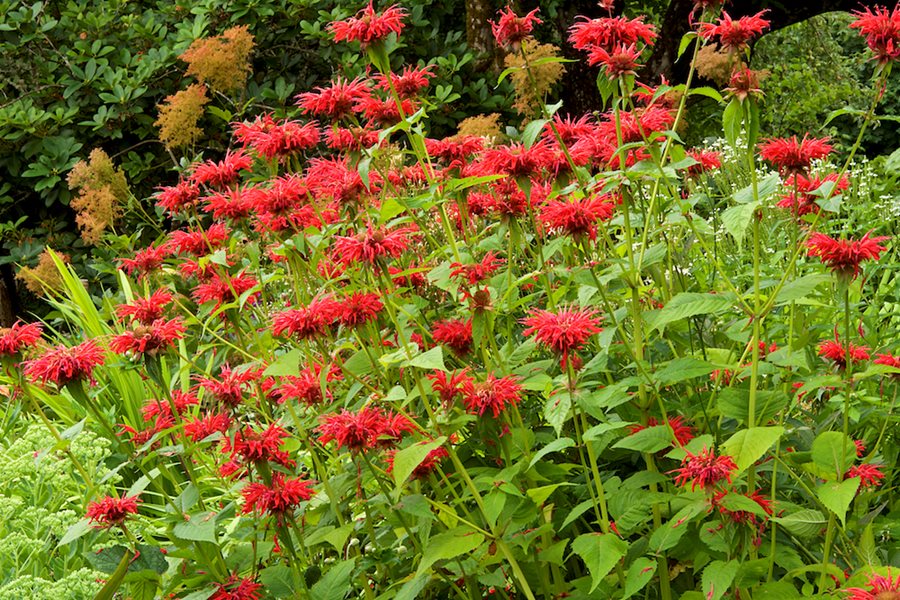
Img src – gardendesign.com
Native plants are native to your region and have evolved to thrive in your local climate and soil conditions. These plants provide important food and habitat for native wildlife and are often more resistant to pests and diseases than non-native plants. Examples of native plants include black-eyed Susan, milkweed, and oak trees.
- Create habitat for wildlife:
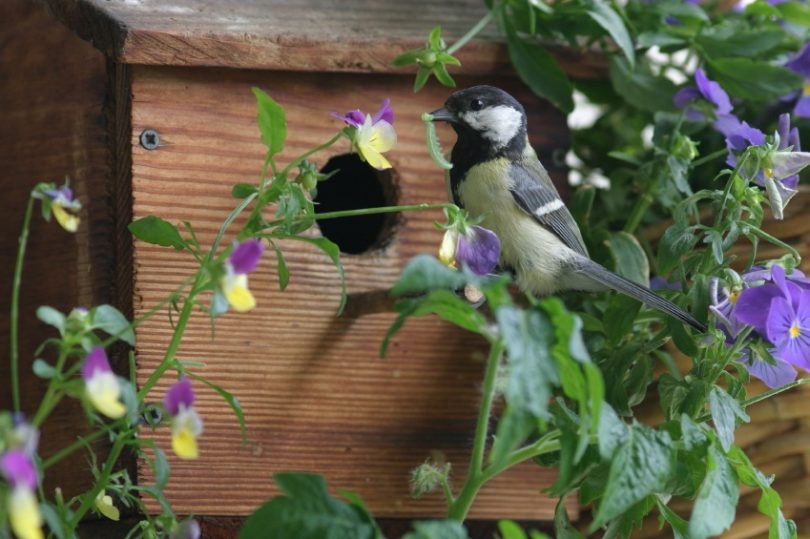
Img src – trianglegardner.com
A living landscape should provide a habitat for a variety of animals, including birds, bees, butterflies, and other beneficial insects. You can create habitat by incorporating bird baths, nesting boxes, and butterfly houses. For example, you might install a bird bath to provide a water source for birds or a butterfly house to provide a place for butterflies to lay their eggs and shelter from the elements.
- Use water wisely:

Img src – homeandgarden.com
Water is an essential element of any garden, but it’s important to use it wisely to conserve resources and protect local water sources. Techniques like drought-tolerant planting, rain gardens, and mulching can help to reduce your water use and protect against erosion and runoff. For example, you might plant drought-tolerant native plants like cactus and succulents to reduce your need for watering, or install a rain barrel to collect rainwater for use in your garden.
- Incorporate a diversity of plants:
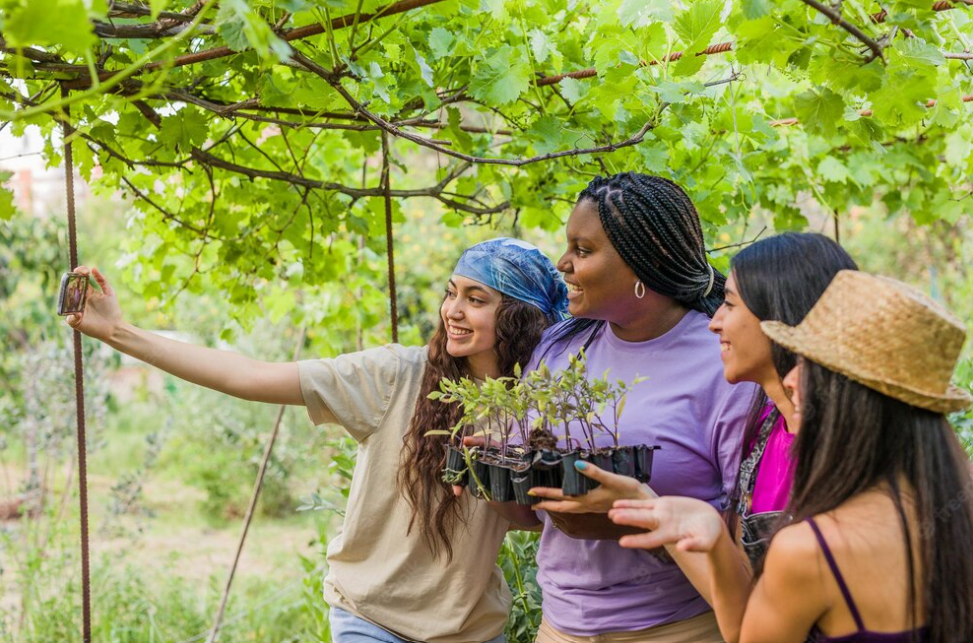
Img src – freepick.com
A living landscape should include a variety of plants with different growth habits, textures, and colors to create a sense of visual interest and support a diverse ecosystem. For example, you might plant a mix of annual flowers like marigolds and zinnias to provide a burst of color in the summer, and evergreens like pine trees to provide year-round interest. Include annual and perennial flowers, evergreens, deciduous trees and shrubs, and ground covers.
- Create layers:
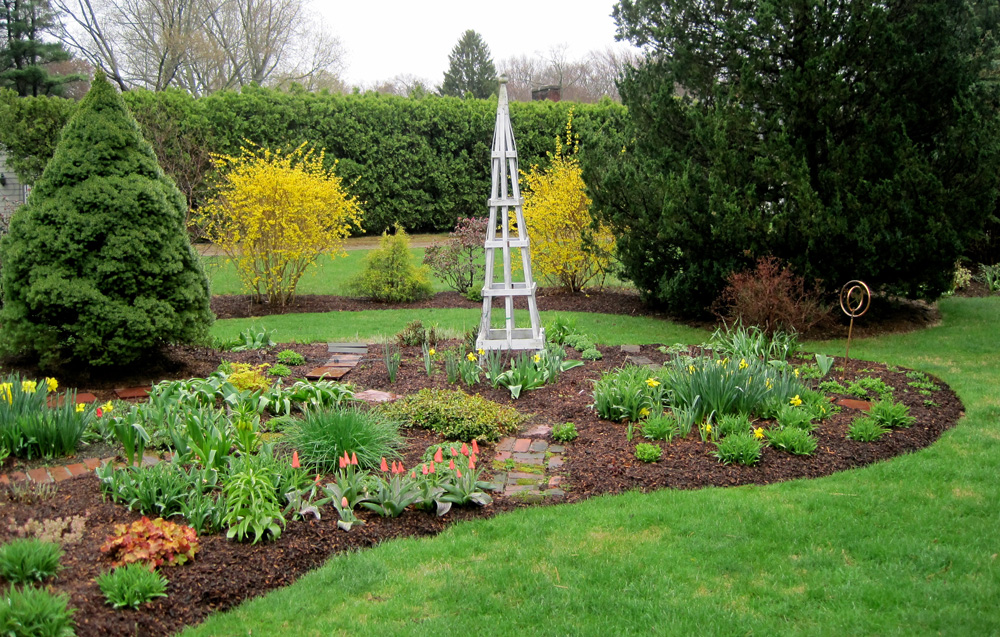
Img src – enchantedgardendesigns.com
A living landscape should mimic the natural layers of a healthy ecosystem, including a canopy of tall trees, an understory of shrubs and smaller trees, and a ground cover of smaller plants and grasses, creating a sense of depth and visual interest, and provides habitat for various animals. For example, you might plant tall trees like oak or maple to create a canopy and shorter shrubs like azaleas and rhododendrons to create an understory.
- Use natural materials:
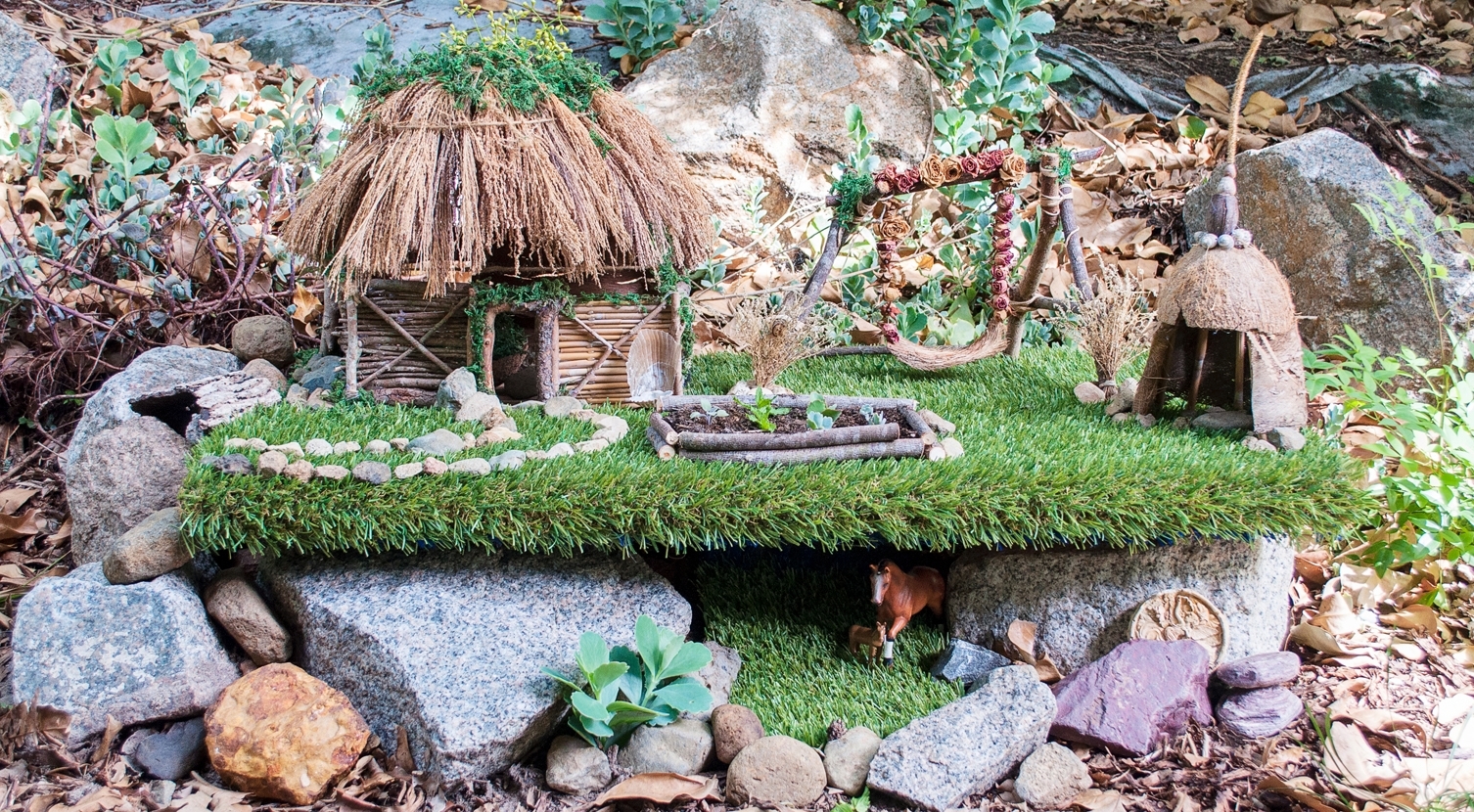
Img src – mygardenlife.com
Incorporating natural materials like wood, stone, and mulch can help to create a sense of harmony and connection with the natural world. These materials can be used for elements like walkways, patios, and garden beds and can help anchor your garden design. For example, you might use natural stone pavers for a walkway or wood chips for mulch in your garden beds.
- Consider the seasons:
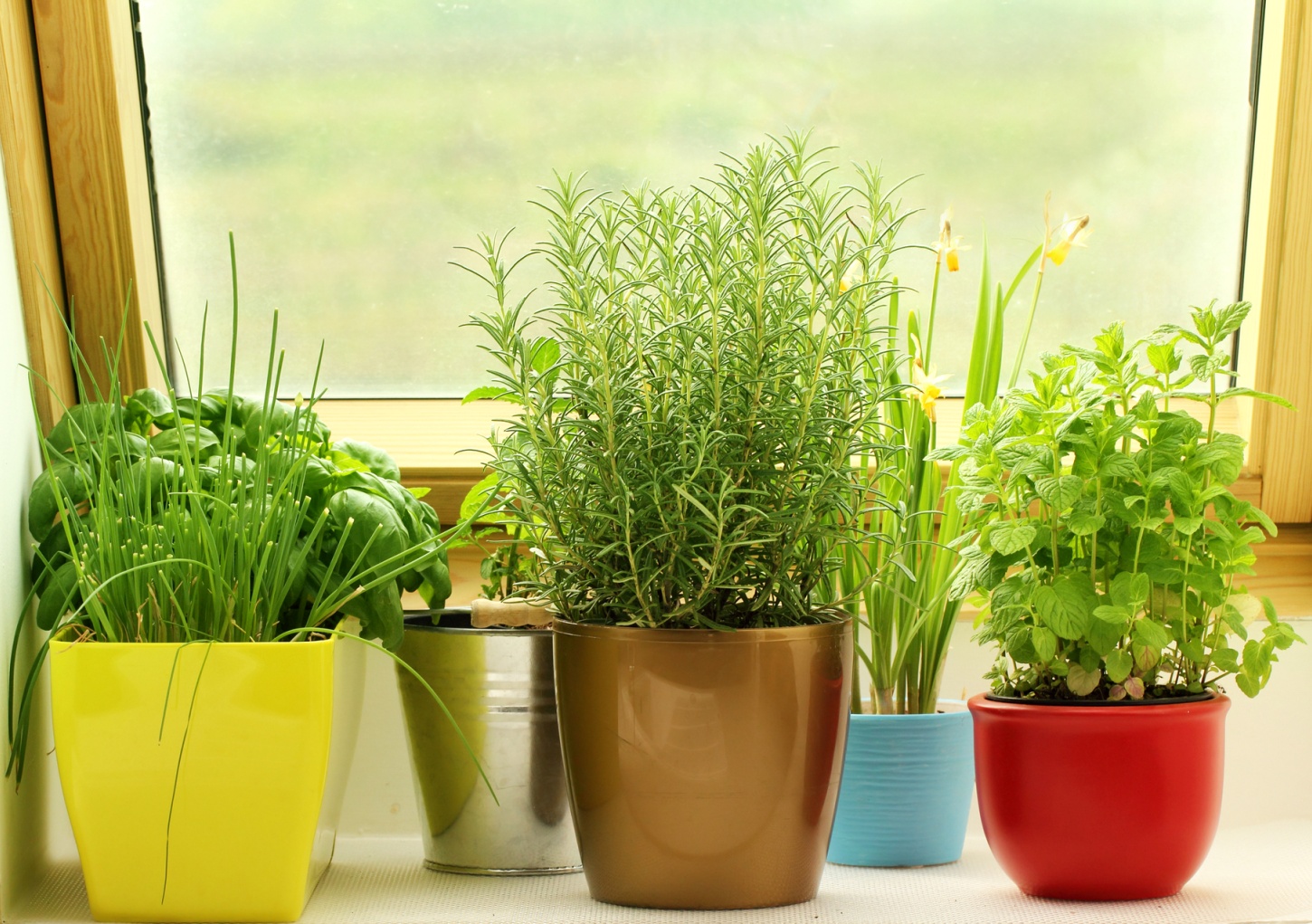
herbs growing on window
A living landscape should be designed to be beautiful and functional throughout the year. Choose plants that will provide interest and habitat at different times of the year, and consider incorporating elements like annual and perennial flowers, evergreens, and deciduous trees and shrubs. For example, you might plant annual flowers like marigolds and zinnias to provide a burst of color in the summer and deciduous trees like maples and oaks to provide colorful fall foliage.
- Create paths and walkways:
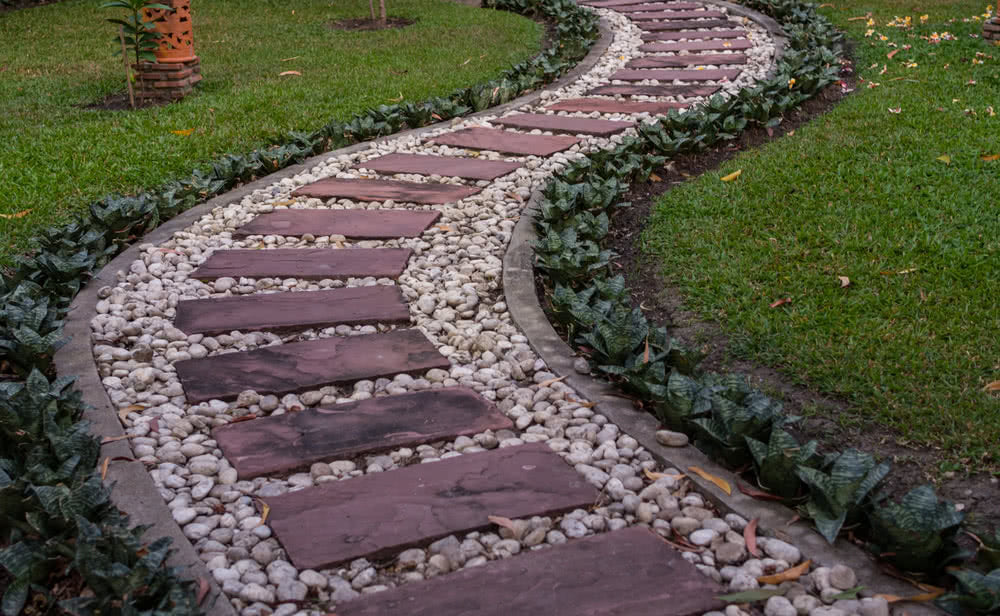
Img src – ugaoo.com
Paths and walkways provide access to different areas of your garden and encourage exploration and connection with nature. They can be made from a variety of materials, including natural stone, wood, or gravel. For example, you might create a winding path through your garden using natural stone pavers or a more formal walkway using brick or concrete. You can also use plants like ground covers or creeping perennials to create a softer, more natural-looking path.
- Incorporate edibles:
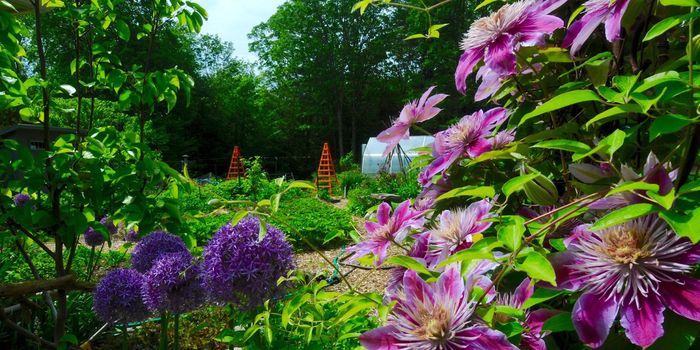
Img src – wallstreetjournal.com
A living landscape doesn’t have to be just about ornamental plants – you can also incorporate edibles like fruit trees, berries, and vegetables. This can help to create a sense of abundance and provide food for you and local wildlife. For example, you might plant a small fruit orchard with apples, pears, and cherries or a vegetable garden with tomatoes, peppers, and squash.
- Make it functional:
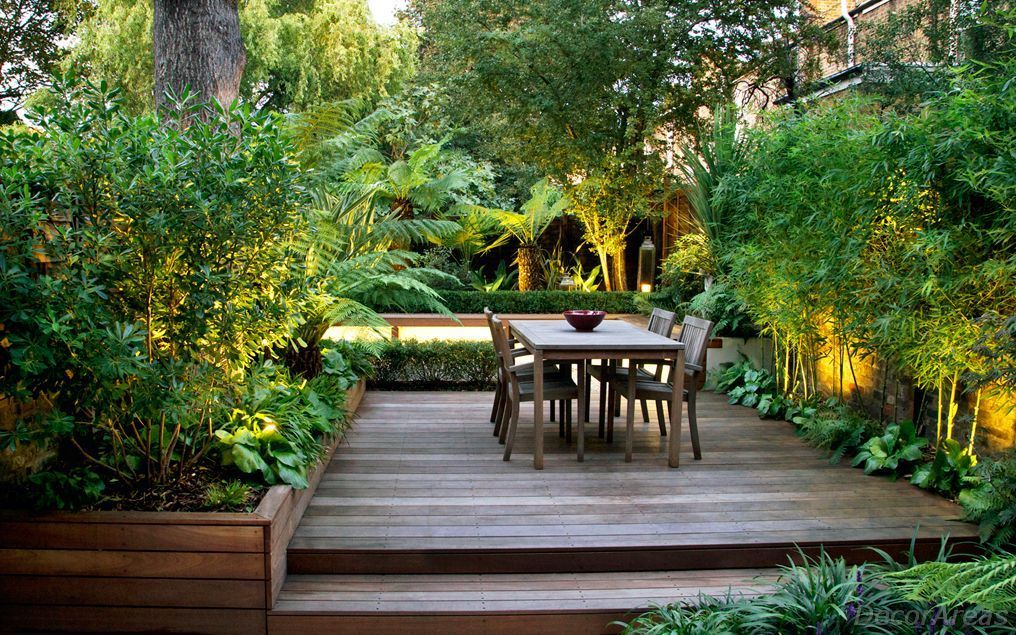
Img src – homeandgarden.com
A living landscape doesn’t have to be just about aesthetics – it can also serve a variety of practical functions. Consider incorporating rain barrels, compost bins, and other features that can help conserve resources and reduce waste. For example, you might install a rain barrel to collect rainwater in your garden or a compost bin to recycle food and yard waste.
- Get creative:
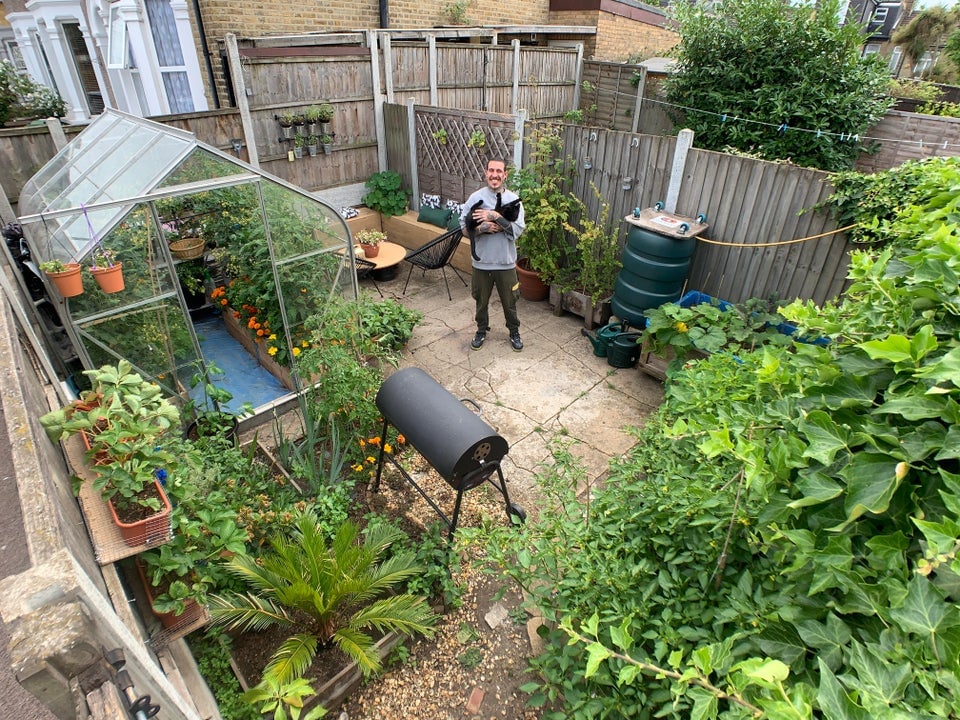
Img src – inspire.com
Don’t be afraid to get creative and think outside the box when designing your living landscape. Consider incorporating art, sculpture, and other decorative elements to add visual interest and personality to your garden. For example, you might place a sculpture in a prominent spot in your garden or hang a colorful mobile from a tree.
- Plan for maintenance:

img src – freepick.com
A living landscape requires ongoing care and maintenance to stay healthy and beautiful. Consider your time and resources when designing your garden, and choose plants and features appropriate for your level of commitment. For example, suppose you don’t have much time to devote to gardening. In that case, you might choose low-maintenance plants like succulents and ground covers and incorporate features like drip irrigation to reduce your watering needs.
- Composting:
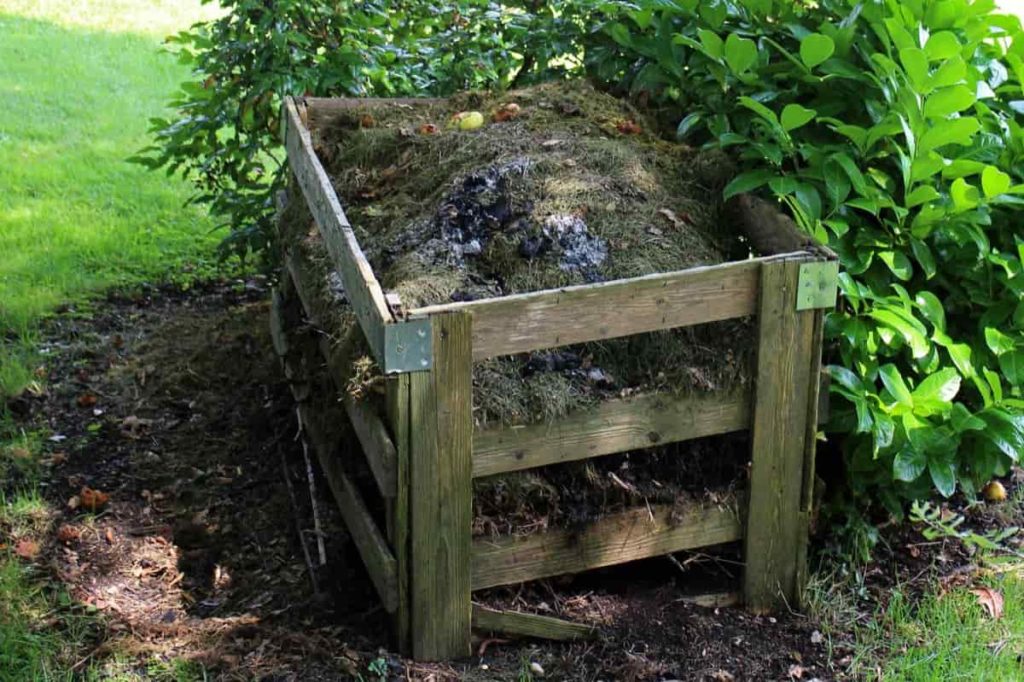
Img src – google image
Composting is a great way to turn your garden waste into a rich and nourishing soil amendment, while also reducing the amount of waste that ends up in landfills. There are many ways to compost in a garden, depending on the size of your space and the amount of waste you generate. Compost bin, Compost heap, Compost tumbler or Vermicomposting – no matter which method you choose, it’s important to remember that a healthy compost pile needs a balance of “brown” materials (like leaves and twigs) and “green” materials (like grass clippings and kitchen scraps). Mixing these materials together and keeping the pile moist (but not too wet) will help the composting process along.
Creating a living landscape in your garden takes time and effort, but the rewards are well worth it. By incorporating plants and elements of nature into your garden design, you can create a space that is beautiful, functional, and sustainable – a place that truly reflects the natural world and supports a diverse ecosystem.
Tags – Create a Living space in Your Garden, Create space in your Garden, Create a Living Landscape in Your Garden
